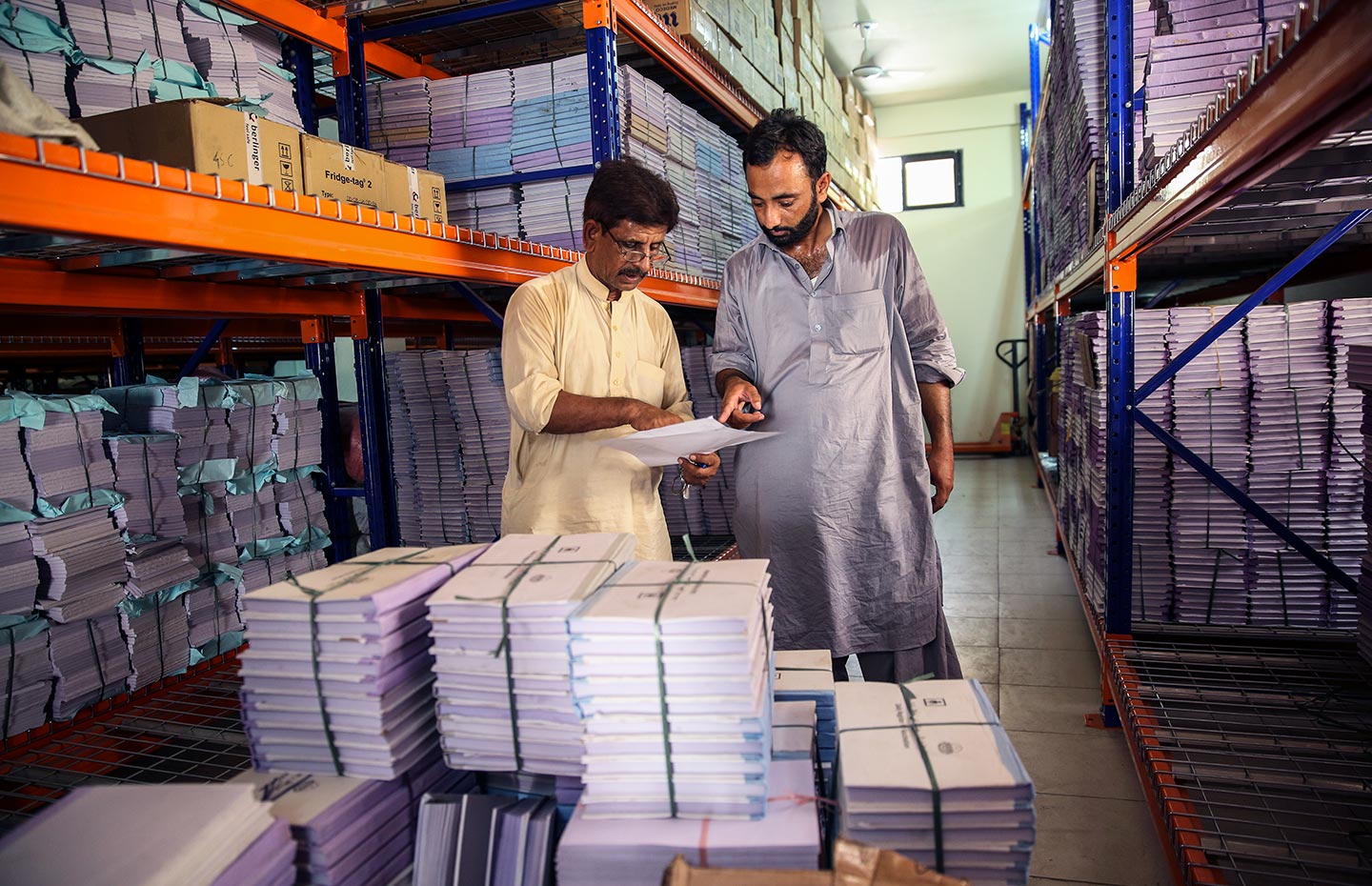In December 2014, the Board approved the risk policy effective January 2015. The new policy sets out guiding principles for risk management, definitions of key risk concepts, high-level roles and responsibilities across the Alliance, and a risk appetite statement.
WHAT IS THE PURPOSE OF THE RISK POLICY?
The risk policy forms a cornerstone for Gavi’s risk management approach. The overall goal of the policy is to create a shared understanding of, and promote a consistent approach to, risk and risk management within Gavi, the Vaccine Alliance, to guide strategic and operational decision-making, priority-setting and decision-making on investments to mitigate risks and to exploit opportunities. The risk policy furthermore aims to promote a culture of risk awareness, and mutual accountability for risk and risk management among Alliance partners.
HOW DOES GAVI APPROACH RISK MANAGEMENT?
Gavi adheres to the following guiding principles in implementing its risk management approach:
Risk is integrally linked to ambition
Gavi recognises that objectives can only be achieved by taking calculated and carefully managed risks. Some high-impact opportunities may require taking greater risks. Sometimes the greatest risk is inaction.
Risk is everyone’s responsibility
Risk management is an integral part of Gavi operations. Everyone working towards the Gavi mission is expected to pro-actively identify, assess, and manage risks.
Gavi encourages a culture of learning
Gavi aims to nurture a culture that encourages staff and stakeholders to be risk-aware in delivering on Gavi’s mission, while also recognising and accepting that success will not always be achieved. It ensures that processes are in place to learn from both positive and negative results.
WHAT IS THE RISK APPETITE STATEMENT?
Every organisation needs to be prepared to take risks to achieve its objectives. Gavi’s risk appetite statement defines, at a broad level, the degree of risk the Alliance is willing to take, accept or tolerate to achieve its goals. The purpose is to align Alliance partners and guide decision-makers in taking the right amount and types of risk to deliver on Gavi’s mission.
A high risk appetite reflects a willingness to be exposed to a high probability and/or impact of risk. This can be the case, for instance, when the potential negative effects are considered manageable or acceptable compared with the rewards. In other cases, exposure to the risk may be necessary to achieve Gavi’s mission, or the costs of mitigation or trade-offs with other risks may be deemed too high.
Having a high appetite for risk does not mean that the risk is desirable or should be tolerated if it materialises. Where Gavi’s exposure to a risk falls outside of its risk appetite, further mitigation may be required to reduce it. This can include enhancing existing controls or introducing new ones, or ending certain activities.
WHEN WAS THE POLICY APPROVED AND WHEN WILL IT BE UPDATED?
The policy was developed through a series of consultations, literature reviews and risk analysis of board papers, and approved at the December 2014 Board meeting. It will be reviewed at the request of the Board.
Related content
Systematic risk management helps us to anticipate potential future events and adequately balance risk and reward to achieve our mission and strategic goals.


